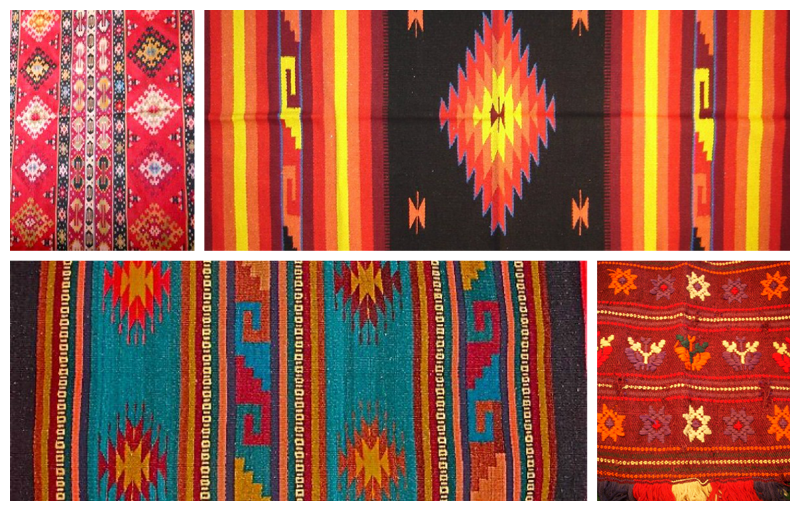Rug-making is one of the oldest crafts known to humankind and can be traced back through the ages to various civilizations and societies. Carpets have been used throughout civilization to make homes more inviting and charming. The weaving of rugs is a rather strenuous and long process. For centuries, women have been weaving messages and symbols into the rugs.
Hand weaving of rugs and mats is an important part of Serbian cultural heritage. This traditional activity began in the 16th century and two centuries later became the main economy of many towns across the country. Rug weaving is one of the most ancient crafts in these regions, especially in the town of Pirot, near the Bulgarian border. Recently, the Pirot rug became protected as intellectual property. A Pirot rug is also manufactured in other regions of Serbia, but weavers are respecting the technique of craftsmanship and use specified colors, wool, dimensions and looms. The Pirot rug is made as a single piece item, out of the natural wool, thin and light. You will know for sure it is from Pirot if it has no backside but two front sides instead.
The best-known native textile art in North America is the weaving of Navajo Indian rugs. The original function of Navajo weaving was to produce clothing. Toward the end of the 19th century, weavers began to make rugs for tourism and export. Here is a little mix of Serbian and Navajo Indian rugs. Can you tell which ones are Serbian and which ones are Navajo?


No comments:
Post a Comment